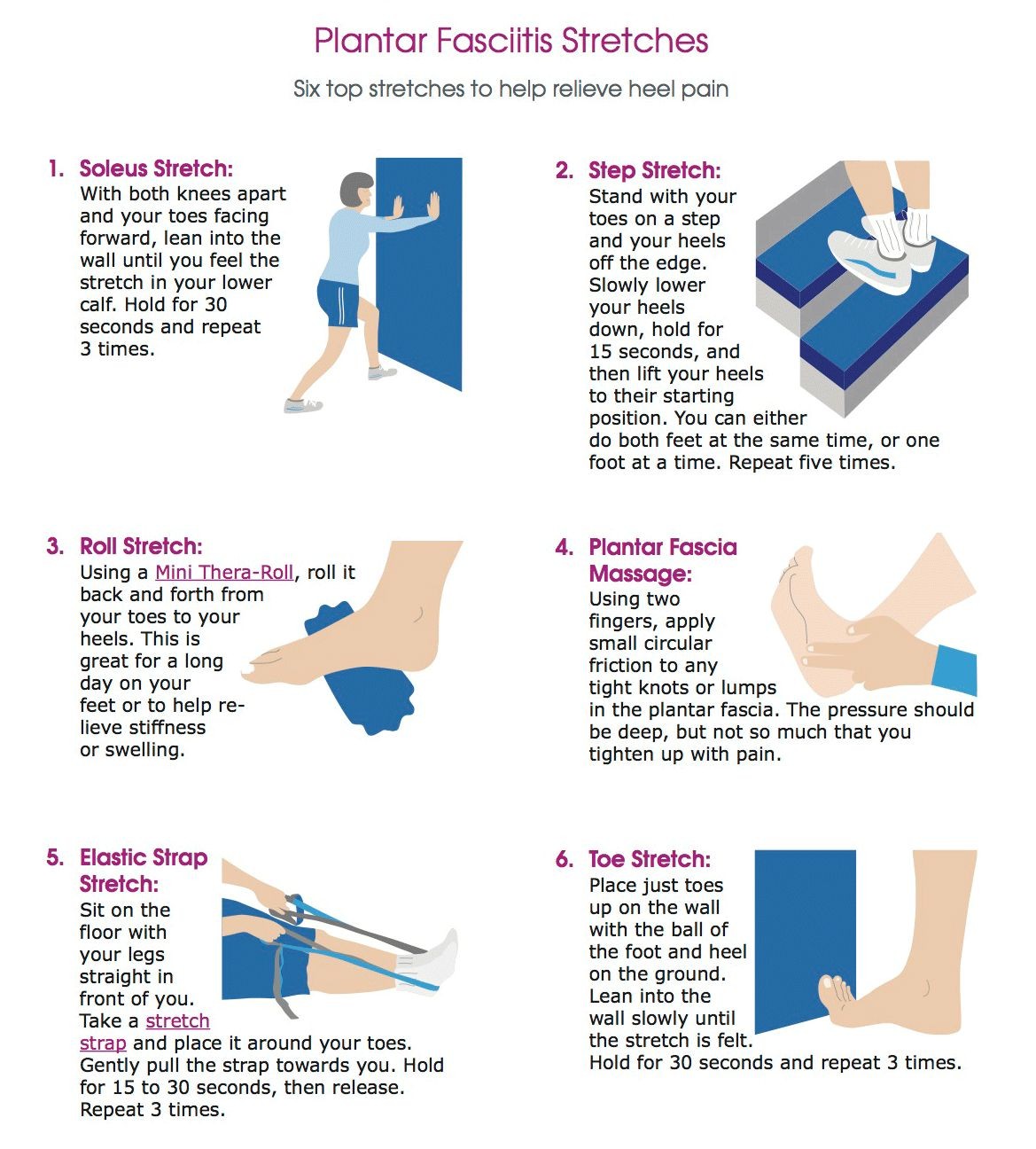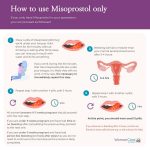
Contents
- 1 Plantar Fasciitis
- 1.0.1 Main causes of plantar fasciitis
- 1.0.2 Risk factors for plantar fasciitis
- 1.0.3 Symptoms of plantar fasciitis
- 1.0.4 Tests for diagnosing plantar fasciitis
- 1.0.5 Treatment for plantar fasciitis
- 1.0.6 Best exercises for plantar fasciitis
- 1.0.7 Home remedies for plantar fasciitis
- 1.0.8 Prognosis and prevention of plantar fasciitis
Plantar Fasciitis
The sole of the foot is the plantar area. Plantar fasciitis is chronic local inflammation of the "bowstring-like" ligament stretching under the sole, also called the plantar fascia, that attaches to the heel.
Main causes of plantar fasciitis
Plantar fasciitis is commonly caused by repetitive strain injury to the foot’s sole ligament. Strain injuries can result from excessive running or walking, inadequate footgear, and jumping. Certain diseases can also cause plantar fasciitis, including reactive arthritis and ankylosing spondylitis.
Risk factors for plantar fasciitis
There are many causes of plantar fasciitis, and certain factors can increase the risk, such as:
- Obesity: Overweight or obese individuals are at greater risk due to increased pressure on the foot, especially with sudden weight gain.
- Physical activity: Recreational factors can increase the risk, especially for long-distance runners.
- Occupation: Jobs requiring prolonged periods of standing and walking, like waiters or factory workers, have higher instances of plantar fasciitis.
- Pregnancy: Plantar fasciitis is more prevalent in women, especially during the third trimester.
- Foot structure: Structural foot problems like flat feet or high arches and a tight Achilles tendon increase the chances of developing plantar fasciitis.
Approximately 1 in 10 people will develop plantar fasciitis in their lifetime. Middle-aged obese women and young male athletes have higher incidences compared to the rest of the population.
Symptoms of plantar fasciitis
Plantar fasciitis causes pain and tenderness in the bottom of the foot, usually toward the heel. The entire sole can be affected. Abnormal tension or tightness can lead to a bony prominence (heel spur) where the plantar fascia attaches to the heel bone. Walking and running become difficult, and the foot may feel stiff and sensitive, especially in the morning or after sitting for a long time. Walking on tip toes may provide temporary relief, and the foot may feel warm, swollen, and tender.
Tests for diagnosing plantar fasciitis
Plantar fasciitis is diagnosed based on the history of the condition and physical examination. Localized tenderness along the sole of the foot, most commonly at the inside arch of the heel, is typical. Additional tests like X-ray or ultrasound may be used to rule out other causes or identify associated conditions.
Treatment for plantar fasciitis
Plantar fasciitis is treated by decreasing inflammation and preventing reinjury. Local ice massage reduces pain and inflammation. Physical therapy methods, including stretching exercises, help treat and prevent plantar fasciitis. Anti-inflammatory medications and cortisone injections provide relief. Proper footwear with soft, cushioned soles reduces irritation, and custom orthotic shoe inserts decrease strain on the plantar fascia. Surgery is a last resort for chronic plantar fasciitis.
Best exercises for plantar fasciitis
The following exercises can be performed at home daily:
Toe stretch
- Sit on the floor with your leg extended.
- Use your hand to pull your big toe on the affected foot towards you.
- Hold for 15-30 seconds.
Towel stretch
- Sit on the floor or a chair and hold a folded towel under the ball of your affected foot.
- Pull the feet towards you using the towel while keeping your back and knees straight.
- Hold for 15-30 seconds.
Calf stretch
- Stand facing a wall with your back straight and arms extended on the wall.
- Take a step back with your affected leg.
- Bend your front knee until you feel a stretch in the back leg.
- Hold for 15-30 seconds.
A slight variation involves bending your back knee slightly but keeping your back heel on the floor, targeting different muscles in the back leg.
Towel curl
- Sit in a chair and place a small towel on the floor.
- Curl the towel towards you using only your toes on the affected foot.
- Release the towel by pushing it away from you.
Tennis ball roll
- Sit and roll a tennis ball under your affected foot using the arch of your foot.
- As your condition improves, perform the same exercise while standing.
Marble pickups
- Put marbles and a bowl on the floor.
- Sit in a chair in front of the marbles.
- Use the toes of your affected foot to pick up one marble at a time and place it in the bowl.
Aim to do each exercise 2-3 times a day, but not necessarily all at once.
Home remedies for plantar fasciitis
- Wear well-cushioned shoes, avoid wearing unsupportive sandals, and use shoe inserts or customized foot orthotics.
- Use a night splinting device for passive stretching of the Achilles tendon and plantar fascia.
- Massage the area and apply ice multiple times a day for 10-15 minutes.
- Avoid prolonged standing and take over-the-counter nonsteroidal anti-inflammatory drugs (NSAIDs).
- Control weight, use crutches if necessary, and perform myofascial release using a golf ball.
Prognosis and prevention of plantar fasciitis
The prognosis for plantar fasciitis is usually good with conservative measures. However, it can evolve into plantar fasciosis, which requires different treatments. Prevention involves treating underlying inflammatory diseases and wearing appropriate footwear, using orthotic shoe inserts, and stretching.
By submitting, you agree to the MedicineNet’s Terms & Conditions & Privacy Policy and understand that you may opt out of MedicineNet’s subscriptions at any time.
References:
Firestein, G.S., et al. Kelley’s Textbook of Rheumatology, 9th ed. Philadelphia, PA: Saunders Elsevier, 2012.
American Academy of Orthopaedic Surgeons: "Plantar Fasciitis and Bone Spurs."
Archive of Internal Medicine: "Effectiveness of Foot Orthoses to Treat Plantar Fasciitis."
Clinical Journal of Sports Medicine: "Plantar fasciitis: a prospective randomized clinical trial of tension night splint."
Journal of Research in Medical Sciences: "Plantar fasciitis."
Physical Therapy: "Plantar Fasciitis: Are Pain and Fascial Thickness Associated With Arch Shape and Loading?"
Rheumatology: "Extracorporeal shock wave application for chronic plantar fasciitis associated with heel spurs: prediction of outcome by magnetic resonance imaging."
Rheumatology: "Steroid injection for heel pain: evidence of short-term effectiveness. A randomized controlled trial."
Seminars in Interventional Radiology: "Pregnancy and the Working Interventional Radiologist."
Singapore Medical Journal: "Management of plantar fasciitis in the outpatient setting."


